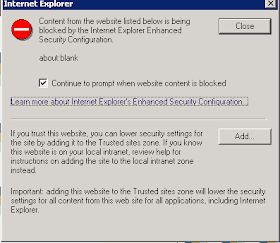In this Sprint, we add a new
feature called Relocation. Developers complete this feature in C# and I need to
validate if the distance between stores is correct when doing relocation. No
one told me how to validate the distance. As a SDET, it is important to know
how to test in my own way.
After doing some research, the
following Excel formula works well if you have 2 Latitude and Longitude points.
ACOS(COS(RADIANS(90-Lat1))
*COS(RADIANS(90-Lat2)) +SIN(RADIANS(90-Lat1)) *SIN(RADIANS(90-Lat2))
*COS(RADIANS(Long1-Long2))) *6371
However, this is not what I
want. What I want to do is:
Enter one Lat/ Long store
information and the nearby stores within 16 Kilometers (about 10 Miles) appear
in the database. I can use the result set to compare the data in Silverlight Application.
I can’t write a Store
Procedure and a User-Defined function in SQL Server because after we push to
Production, those can’t be implemented in Production and I still need to
validate this scenario for my smoke test. Therefore, writing a basic SQL query
is a good way. Here is my solution:
·
We have the Longitude and Latitude Columns in
the table for each store.
·
The Excel Formula is still working in SQL
Server 2008 R2.
·
I need to manually enter Lat1 and Long1 as my
baseline to validate the distance between stores. That being said, I don’t have
to enter Lat2 and Long2 information.
After my several attempts,
the following SQL Query is helpful to find the nearby stores after I enter the
values of Lat1 and Long1.











